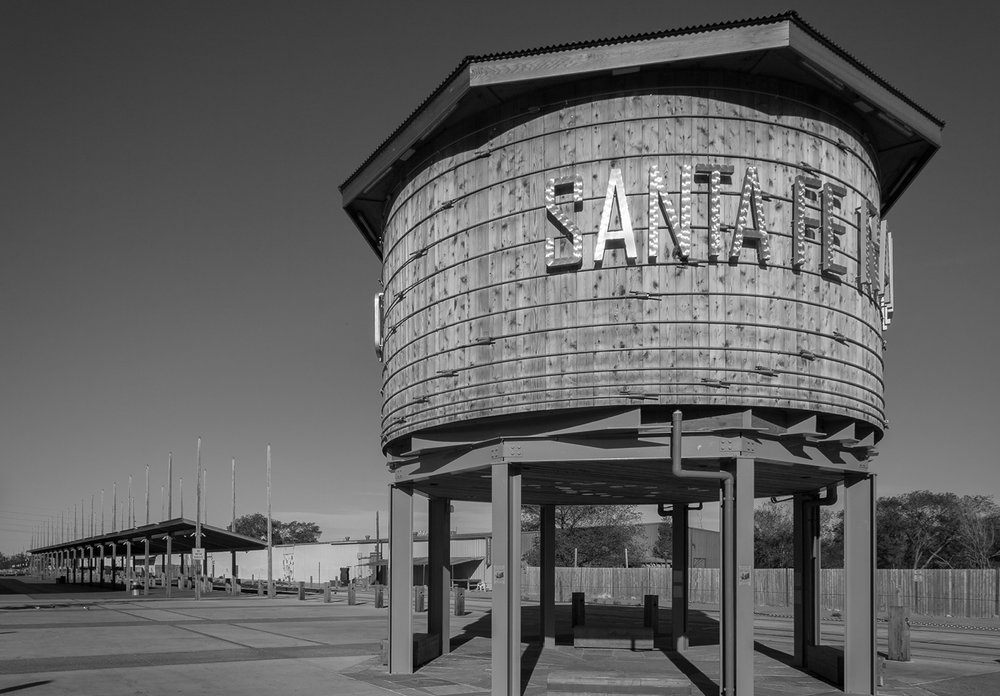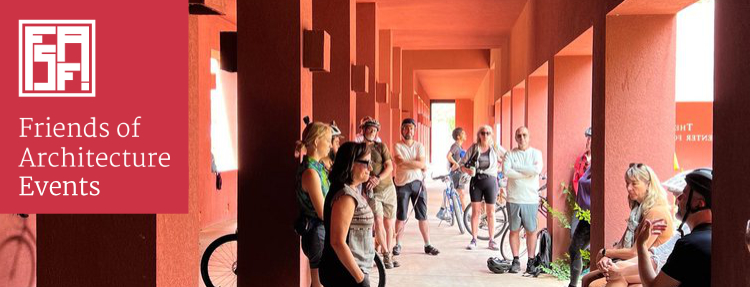Home Building: The Railyard and Midtown
In the December 2022 edition of The Santa Fe New Mexican’s Home Magazine, I talk with Suby Bowden about turning the Railyard from an abandoned rail area into the vibrant area we frequent today. Urban Sense.

Read The Article:
Like many a Santa Fean, I now take the Railyard for granted. But back before there was the Farmer’s Market, Violet Crown and the many other shops and restaurants, the Railyard was a no woman’s land of warehouses and storage yards.
Today, there’s all this talk about “Midtown” and the Midtown project. Midtown now refers to the city-owned site of the defunct College of Santa Fe, a kind of pre-Railyard area fast becoming the albatross the Railyard once was. Where, then, are the people who were behind the success of the Railyard? Why aren’t these folks involved in making Midtown a reality? What makes the Midtown process different from the Railyard’s? Answer: The two primary differences are the design process/public participation and economics.
To learn more, though, I turned to Suby Bowden, AIA, and Gayla Bechtol, AIA, both key players in turning the Railyard from an abandoned rail area into the vibrant area we frequent today.
Why is the Midtown process so different from the Railyard process?
SUBY: The Railyard continues today to make money for the city of Santa Fe. Selling the land at Midtown will yield a short-term profit, yes, but no long-term gains for the city — unless they restructure Midtown to where the city is leasing properties. Plus, the Trust for Public Land [TPL] bought the Railyard land and carried it until the city was able to participate economically. The TPL’s participation enabled the city to buy the land at a reduced rate, which helped all future economic development.
GAYLA: And the conservation easement became part of that transaction. The 12.5 acres around the plaza/water tower cannot be built on. Ever.
The city has new consultants and a new report on Midtown. Does that mean it’s back to square one?
GAYLA: Most people don’t know that even before the Request For Interest (RFI), the city had hired six firms to do designs for Midtown. I don’t know what happened to those six designs. There were some great ones.
SUBY: I looked for them and couldn’t find them. That’s another difference between the Railyard process and this one: we made sure to keep the public engaged the entire time. That was key. The public could go to their city and state reps and ask them to support the Railyard plans, to keep funding the Railyard design process. People need to feel they’re part of the process. Midtown has purposely been very tightly controlled, and it has not included the public in the way the Railyard did.
Why hasn’t the public been included more?
GAYLA: I don’t know. During the Railyard process, we were very dedicated to being totally transparent. Midtown people seem to believe that they have to control the information so that they can control public opinion. All that does is make the public not trust them.
Some of us at Friends of Architecture and the Santa Fe AIA offered to help, but the city said no. Instead of its being a public process, it became a very opaque process.
SUBY: So opaque that you can’t get it on the web.
Why do you think the city didn’t want to do another Railyard-type process?
GAYLA: The perception is that the Railyard took too long, it was too expensive and the leases were onerous. Yes, it was a flawed process. There were lots of hiccups. However, we can learn from those hiccups.
SUBY: And it was complex. There were so many organizations participating. This is so different from one corporation buying Midtown and doing it all.
GAYLA: Basically, the Railyard wasn’t considered a real estate project. It was considered a community project, which is very different from how Midtown is considered. I think the city is going to get the zoning, divide it into smaller parcels and then sell each parcel to different developers. In the previous phase of the Midtown process (during the pandemic), the developer the city had selected backed out. It’s now clear why: it’s quite a “whale” for one developer to swallow — to buy the entire Midtown parcel. So it’ll likely be sold in pieces to separate developers.
Why is Midtown not seen as a community project?
GAYLA: Maybe because the city thinks it will take too long. Even though we had a plan for the Railyard within a few years, the process took longer. With Midtown, the city thought they could do a slam dunk, get a plan, sell it and be done.
So has Midtown just been a waste of time?
SUBY: The only “waste” might be that the city pulled the public in, pushed them out, and then did it again and again.
Related Articles




